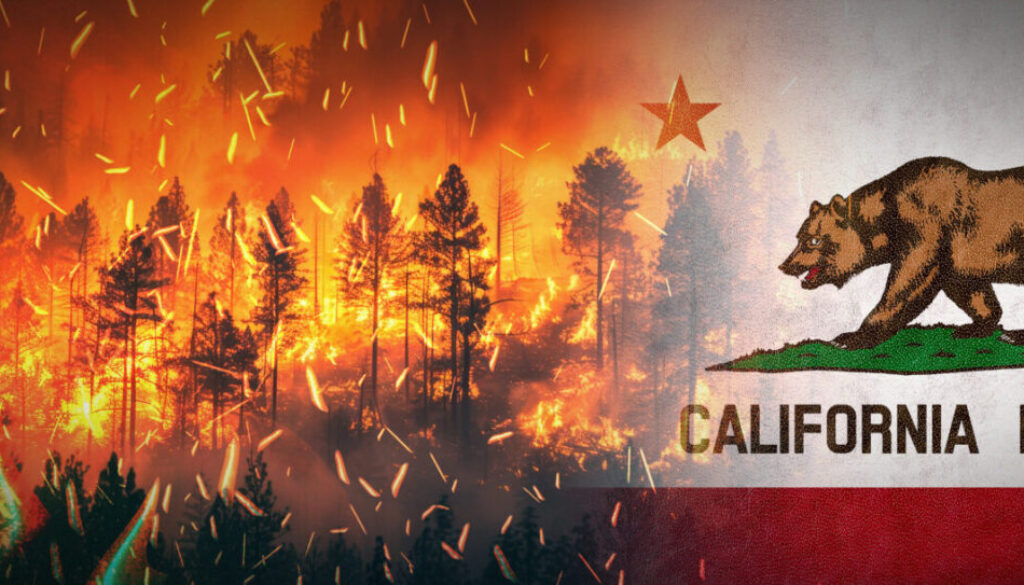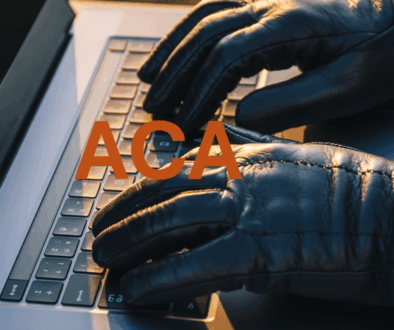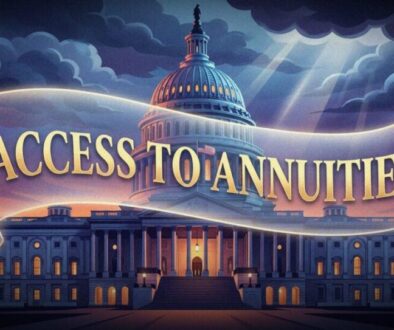Calif. wildfire crisis sparks push for public insurance model

As wildfires continue to drive up homeowners’ insurance premiums and prompt policy cancellations in California, a new piece of legislation intended to help is awaiting Gov. Gavin Newsom’s signature. Senate Bill 429 aims to shift the state’s wildfire risk measurement from proprietary models to a transparent, public catastrophe model, providing regulators, insurers, and consumers with a new way to evaluate wildfire danger and insurance rates.
Newsom has until Oct. 13 to sign or veto the bill. If enacted, SB 429 could mark a significant shift in how wildfire risk is calculated and communicated in California.
Supporters say the measure addresses a crisis of trust in the insurance market. Are premiums and liability assessments really based on solid risk analysis? Skeptics question whether the initiative simply duplicates what private risk analysis firms already provide.
If signed, SB 429 will require the California Department of Insurance to develop a publicly accessible wildfire model for setting insurance rates. This model would be posted online, allowing communities and insurers to use the same transparent data to understand and manage wildfire risk. The Department would also provide budget recommendations to the legislature by September 2026 for building and maintaining the model.
Consumers cite ‘black box’ tools
Consumer advocates argue the public model is needed to counter the mysterious “black box” nature of proprietary analysis tools used by insurers. Consumer Watchdog has been among the strongest voices backing the measure, claiming transparency would empower homeowners to understand the factors behind their premiums and hold insurers accountable.
“Insurance companies’ private models penalize consumers with higher prices and non-renewals but refuse to explain how they calculate wildfire risk,” said Carmen Balber, executive director of Consumer Watchdog. “Homeowners and renters have a right to information about their own fire risk and the ability to use it to make their homes and communities safer. With SB 429 a fully transparent wildfire model accountable to the public will put power back in consumers’ hands.”
The bill comes at a pivotal time. California’s insurance market has been rocked by major carriers withdrawing coverage in wildfire-exposed regions. Homeowners have complained that rate hikes and non-renewals are driven by opaque data that cannot be challenged.
Advocacy groups like Public Citizen also warn of “bluelining,” a practice like redlining, where high-risk communities are penalized without recourse. They believe a transparent, public-facing model could guard against such bias.
Calif. uses advanced wildfire model
But California already uses an advanced wildfire model. Verisk’s Extreme Event Solutions unit recently completed the state’s regulatory review process for its catastrophe model, known as the PRID process.
Dr. Julia Borman, who leads Verisk’s regulatory and rating agency client services, explained in an interview that the company’s model underwent a rigorous review earlier this year.
“We were first into that process, first out with our determination in July,” Borman said. “It underwent a review that included the public as a part of the process. So, there was the ability for the public to inspect it.”
However, unlike the proposed public model, Verisk’s tool operates under a proprietary system. It offers insurers proven data and methods, but keeps some elements confidential.
“We own the intellectual property that is contained in the model,” Borman noted. “And so there are data that we have at our disposal that are proprietary, there are methodologies; we have a very large research staff here of over 100 at any given time.”
Public model would shift ownership, accessibility
The main distinction between the two efforts lies in ownership and accessibility. Verisk’s model is built on proprietary data and methods, though summaries and documentation were made public after regulatory approval.
In contrast, SB 429 calls for a public and transparent model, likely developed with California’s universities, using open-source code and datasets. Both approaches aim to inform risk assessments, but through different transparency frameworks.
For insurers, catastrophe models are critical. They simulate tens of thousands of hypothetical wildfire “event years” to estimate probable losses, giving carriers a way to assess risk beyond the limited historical record.
“We’re not in the business of prediction—it’s not a crystal ball,” Borman explained. “It’s a ‘what do the physics of how a peril develops tell us about how that hazard could evolve in the next year, and what it could look like in the domain’.”
If California already has a good working model, why does it need another? Proponents of SB 429 say a public model could serve as an independent check on private tools.
Critics respond that this shift might duplicate efforts or increase costs. Both sides raise points about effectiveness and the use of resources.
Borman was careful not to take a side.
“It becomes another option,” she said. “We’re all for people researching catastrophe models. There isn’t much in the academic space around this, so it provides a whole host of research opportunities.”
Still, she stressed that Verisk’s model has already been used by insurers for rate filings in California.
“Companies have filed with our model, and it has been public since July,” she said.
For now, insurers continue to rely on proprietary tools like Verisk’s, while policymakers debate whether transparency through a public model is the key to solving California’s insurance crisis or just another layer of bureaucracy.
© Entire contents copyright 2025 by InsuranceNewsNet.com Inc. All rights reserved. No part of this article may be reprinted without the expressed written consent from InsuranceNewsNet.com.
The post Calif. wildfire crisis sparks push for public insurance model appeared first on Insurance News | InsuranceNewsNet.





